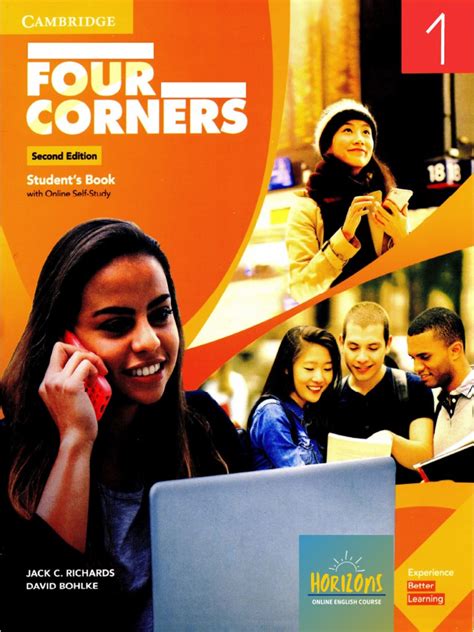In today's digital age, technology has become an integral part of our daily lives. This is especially true for students in higher education institutions, where technology has transformed the way they learn, interact, and navigate campus life. From online courses and digital textbooks to social media and campus apps, technology has become a vital tool for students to succeed and thrive in college.
The Impact of Technology on Campus Life
The integration of technology into campus life has had a profound impact on the way students experience college. With the rise of online learning platforms, students can now access course materials, submit assignments, and participate in discussions from anywhere, at any time. This has made it easier for students to balance their academic responsibilities with other aspects of their lives, such as work, extracurricular activities, and personal relationships.
Moreover, technology has enabled students to connect with each other and with faculty members in new and innovative ways. Social media platforms, online forums, and campus apps have created virtual communities where students can share ideas, ask questions, and collaborate on projects. This has helped to foster a sense of belonging and connection among students, which is essential for their academic success and overall well-being.
5 Ways Tech Is Transforming Campus Life
Here are five ways in which technology is transforming campus life:
1. Virtual Learning Environments
Online learning platforms have revolutionized the way students learn and interact with course materials. With virtual learning environments, students can access lectures, readings, and assignments from anywhere, at any time. This has made it easier for students to learn at their own pace, review course materials, and participate in discussions.

For example, many colleges and universities use learning management systems (LMS) such as Blackboard, Canvas, or Moodle to deliver online courses. These platforms provide students with a range of tools and resources, including video lectures, interactive simulations, and online discussions.
2. Mobile Apps for Campus Life
Mobile apps have become an essential tool for navigating campus life. Many colleges and universities have developed mobile apps that provide students with access to campus resources, services, and information. These apps can help students to:
- Check their email and course schedules
- Access campus maps and directions
- Connect with faculty members and peers
- Participate in online discussions and forums
- Receive push notifications and alerts

For example, the University of California, Los Angeles (UCLA) has developed a mobile app that provides students with access to campus resources, services, and information. The app includes features such as a campus map, course schedules, and a directory of faculty members and staff.
3. Digital Textbooks and Resources
Digital textbooks and resources have transformed the way students access and engage with course materials. With e-books, online articles, and digital libraries, students can access a wide range of resources from anywhere, at any time.

For example, many colleges and universities use digital textbook platforms such as Chegg, VitalSource, or McGraw-Hill to provide students with access to e-books and online resources. These platforms offer a range of features, including interactive simulations, video lectures, and online discussions.
4. Social Media and Online Communities
Social media and online communities have created new opportunities for students to connect with each other and with faculty members. With platforms such as Facebook, Twitter, and Instagram, students can share ideas, ask questions, and collaborate on projects.

For example, many colleges and universities use social media platforms to connect with students, share information, and provide support services. These platforms can help students to feel more connected to their institution and to each other.
5. Campus Safety and Security
Technology has also improved campus safety and security. With mobile apps, emergency alert systems, and surveillance cameras, students can feel safer and more secure on campus.

For example, many colleges and universities use mobile apps such as Rave Guardian or Campus Safety to provide students with access to safety resources and emergency services. These apps can help students to feel more secure and confident on campus.






As technology continues to evolve and improve, it is likely that we will see even more innovative solutions for campus life. From virtual reality platforms to artificial intelligence-powered chatbots, the possibilities are endless.
We would love to hear from you! Share your thoughts and experiences about the impact of technology on campus life in the comments below.
What is the most significant impact of technology on campus life?
+The most significant impact of technology on campus life is the ability to access information and resources from anywhere, at any time. This has enabled students to learn more efficiently, communicate more effectively, and navigate campus life more easily.
How can technology improve campus safety and security?
+Technology can improve campus safety and security by providing students with access to emergency services, surveillance cameras, and mobile apps that enable them to report incidents and receive alerts.
What are some examples of mobile apps for campus life?
+Examples of mobile apps for campus life include Rave Guardian, Campus Safety, and UCLA's mobile app. These apps provide students with access to campus resources, services, and information.
